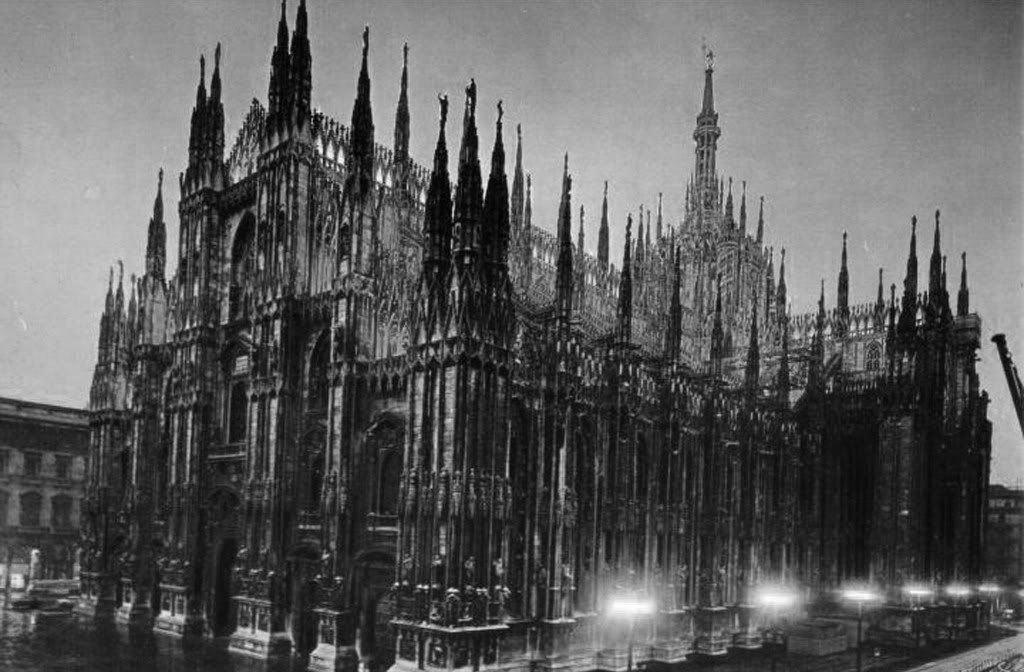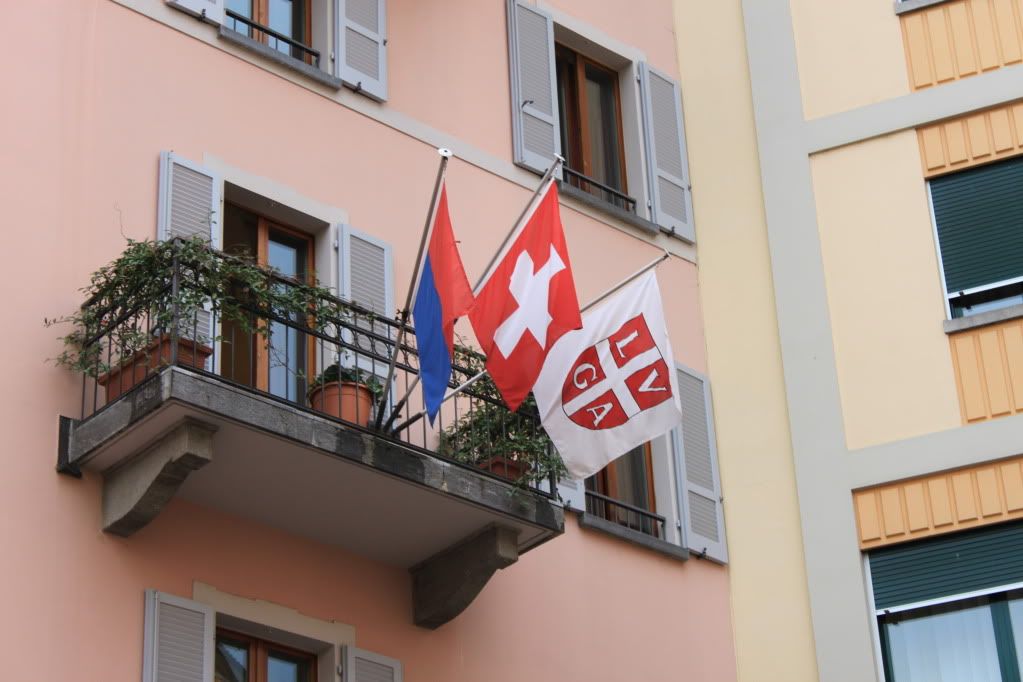Subliminal occult symbols flashed on live tv during MLB game
We all likely have our own opinions of the "who, what, when, where, how, and why" of this, but I just wanted to look at the symbols that they used. In other words, what do they think is racy? Actually, you don't even have to play the video because it's all right there. It's curious that they used a "board" against a background, rather than just a white screen with the signs on it. Perhaps they should hire me for this, since if I was the designer I would have used a Freemasonic/Saturnian black-cube square with the outer black/white squared pattern slightly visible, and with the signs in white within the black-cube. Actually I'm not "Saturnian," but more of a "Sun and Saturn equalist."
Right off the bat, it's clear that they have a mixture of ancient symbols from northern Europe to India. The one lone political/non-spiritual symbol is the Communist Hammer and Sickle. Since the sickle is a Druidic/pagan symbol by itself, I guess that partly qualifies it. Hmm, no Swastika? I guess they couldn't put "both," despite the fact that the banksters had a field day funding them both back in the day. It's interesting that they used the Teutonic Valknut since they seem to hate anything northern European. They have both the Pentacle Star and the Inverted Pentagram Circle, which seems to suggest a difference between them.. in their minds. There is a difference, so some element of honesty there.
They have some signs which are generally thought of as Celtic. Most of the rest are Freemasonic, Alchemical, and Hermetic symbols; with a few overlapping Egyptian signs thrown in. The interlocking keys design is used by the Catholic Church, but perhaps there could be an earlier origin. Of course they have the quintessential, worldly-yet-omnipresent, All-Seeing-Eye, and also Aleister Crowley's Unicursal-Hexagram used to symbolize his dark Egyptian magical system called Thelema. However, no Saturnian Hexagram? C'mon, you gotta have the Swastika and the Hexagram (aka Star of David)... those are the funnest ones! Ironically, the two were linked at one time in the deep past. Personally, I no longer view either one of them as connected to their modern assignment.
Who said dinosaurs are all gone?
Crocodiles are leftovers from the age of dinosaurs. They provide a good clue as to how large reptiles moved and behaved. Large cats vs. crocodiles and alligators provide a good example of the historical mammal-reptile struggle. Sharks are also a leftover from the dinosaur period.
Tying your heritage together
One's heritage, in it's numerous facets, doesn't have to be compartmentalized. Whether it's ethnic, spiritual, family, regional, or personal... it can be gently bonded together. I had mentioned the
example of Paige Montague (Sionnach the Celt) who is a Celtic Neo-Druid with Odinic influences. She may produce a video wearing a Hammer of Thor necklace and with a Scottish flag present. Although we so-often hear terms like "Irish Catholic," you can just mix it the way you want to mix it. You can even combine symbols to make something of a personal arms. In a way, she has in a sense "grown up on YouTube"; and I think she could be a great leader at some point. In my way of thinking, she really gets it.
Pit Bull vs. Bobcat.... WHO WINS??
Some Pit Bulls owners have even bragged about how their Pit have killed cats. Okay, lets see it.... Pitbull vs. Bobcat.... I guess the image sorta gives it away...
There is no Pit Bull in the world who could raise a paw to a fully grown, wild Bobcat... with superior power, lightening speed, and razor sharp fangs and claws.
Raven Grimassi on Coast to Coast AM Monday evening ("Moon's Day")... Tonight!
He's going to talk about a great subject which has been covered here, connecting with ancestors and familiar spirits. While a Ouija board can be very dangerous, connecting in a natural way will not result in unwanted entities... only those which you already have a soul linkage to. It will be a Full Supermoon tonight as well!
From CoastToCoastAM.com:
Divination/ Evolution
| Date: | Monday - October 26, 2015 | |||
| Host: | George Noory | |||
| Guests: | Matt Ridley, Raven Grimassi | |
In the first half of the program, neopagan scholar and award-winning author of over twelve books on witchcraft, wicca, and neopaganism, Raven Grimassi will discuss his work using divination to navigate the Earth plane and pierce the veil to contact spirits and beings from other dimensions.
In the latter half, author Matt Ridley will detail his latest work on defining how trends emerge. He will argue against conventional assumptions that major scientific and social imperatives are dictated by those on high and, instead, will make the case for evolution in the universe as well as in many facets of our society and culture.










